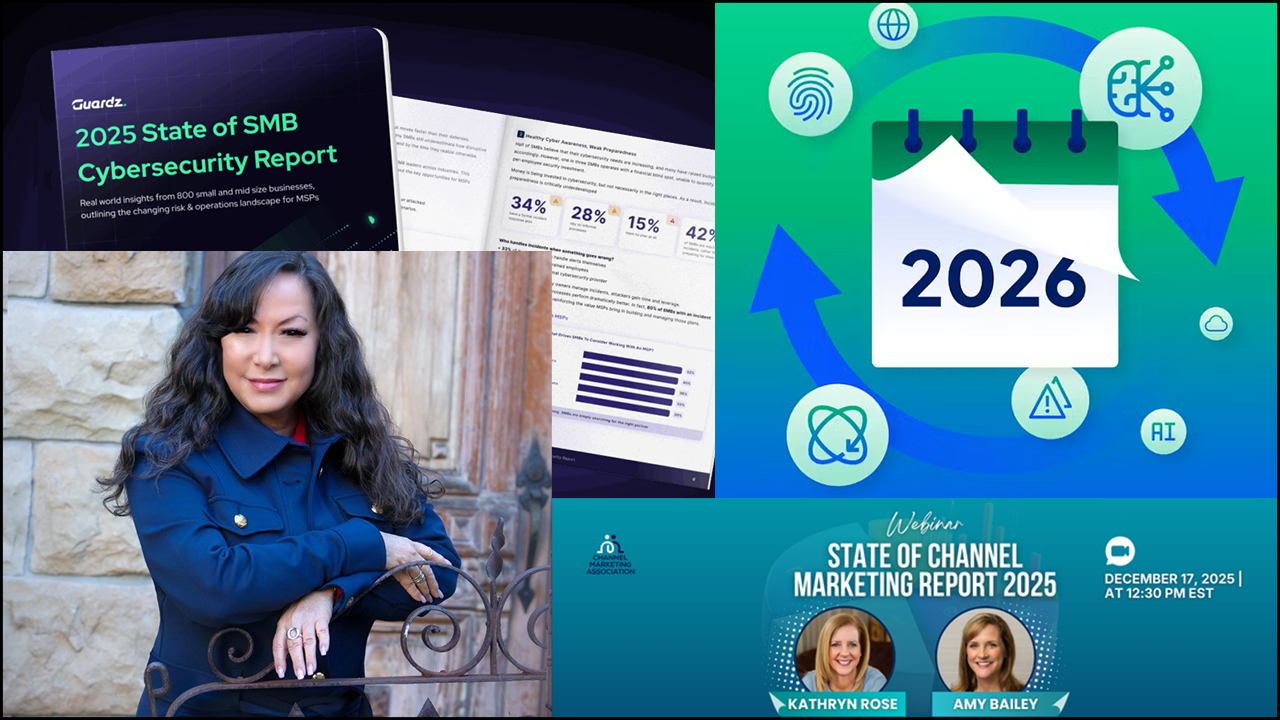THE EVOLUTION OF DIGITAL BUSINESS presents a significant obstacle for organizations: how to move vast amounts of data and information to the right place at the right time. “At the center of the challenge is task automation,” states Craig Le Clair, vice president and principal analyst at Forrester Research.
Enter business bots, digital robots that can speed, streamline, and automate interactions within computing systems and out to humans. They can move emails, files, and folders to where they’re needed, as well as scrape data and access databases to embed intelligence in many processes.
Over the last few years, bots have moved into the mainstream, with the ability to handle many redundant, manual tasks in areas such as sales and support and business operations. “They produce huge efficiency gains when businesses use them effectively,” says Frank DeGeorge, chief technology officer and partner at Impact Networking, a Lake Forest, Ill.-based consulting and managed services firm.
Importantly for channel pros, these business automation tools can do as much for SMBs as they’ve already begun doing for bigger businesses.
A Smarter Automation Platform Emerges
Until recently, business bots were mostly a resource for large enterprises with deep pockets and big IT teams. However, prices for software and systems have dropped, and features and capabilities have improved dramatically in the SMB space. “The technology is moving rapidly downstream and introducing remarkable opportunities,” DeGeorge says.
Adding digital fuel to the fire is the pandemic, which has shifted needs and expectations about online performance. Speed, user interfaces, convenience, and efficiency have taken on new and greater urgency as business has migrated online. Those seeking information or support have increasingly high expectations.
DeGeorge says bots excel in two areas. The first is for sales and support. Chatbots linked to company knowledge bases can parse text, analyze language, and route users to appropriate persons or resources, for example, Le Clair explains. Some systems also employ machine learning to understand customers and processes better.
The second area is robotic process automation (RPA), which routes data, information, and notifications across software and IT systems to where it’s needed at any particular moment. For example, RPA bots can streamline manual processes by recognizing triggers—say, when an approval is required for an event—and sending a notification to the right person. “These bots orchestrate a lot of distinct and disparate tasks and even schedule and link them,” Le Clair notes.
The Benefits of Bots
Bots have many appealing qualities for business owners. They’re available 24/7 and they often boost engagement. They also free people from repetitive tasks, reduce errors and costs, and produce more consistent results. Indeed, IBM reports that bots can handle up to 80% of routine questions and lower costs by 30% or more.
“The technology introduces a much higher level of organizational intelligence,” Le Clair says. Forrester, in fact, forecasts that 60% of B2B sellers will tap AI and automation in 2021, and predicts that individual workers will eventually have their own RPA bots, which will support conversational intelligence and other forms of smart automation.
Bot-related opportunities for channel pros are significant, and extend to both internal company systems and business bot implementation for clients. Software packages such as Microsoft Power Automate and Kofax RPA offer potent out-of-the-box capabilities.
DeGeorge recommends starting bot projects by surveying a business to understand where bots could help or hinder. Once a system is in place, he continues, continually monitor interactions and learn what’s working and what’s not.
The best bot frameworks handle complex sets of rules and workflows, yet keep humans in the loop where they are most needed, DeGeorge says. Further, they are built with a security and privacy-first mindset, and work across a broad array of devices and interfaces. “A system must also be flexible enough to change when conditions or business requirements change,” he notes.
The end goal is intelligent automation that adds value for employees, partners, and customers, according to Le Clair. “It’s now possible to build a center of excellence around automation,” he says. “Today, SMBs can achieve large enterprise bot capabilities with the right set of tools and technologies.”
Image: iStock














